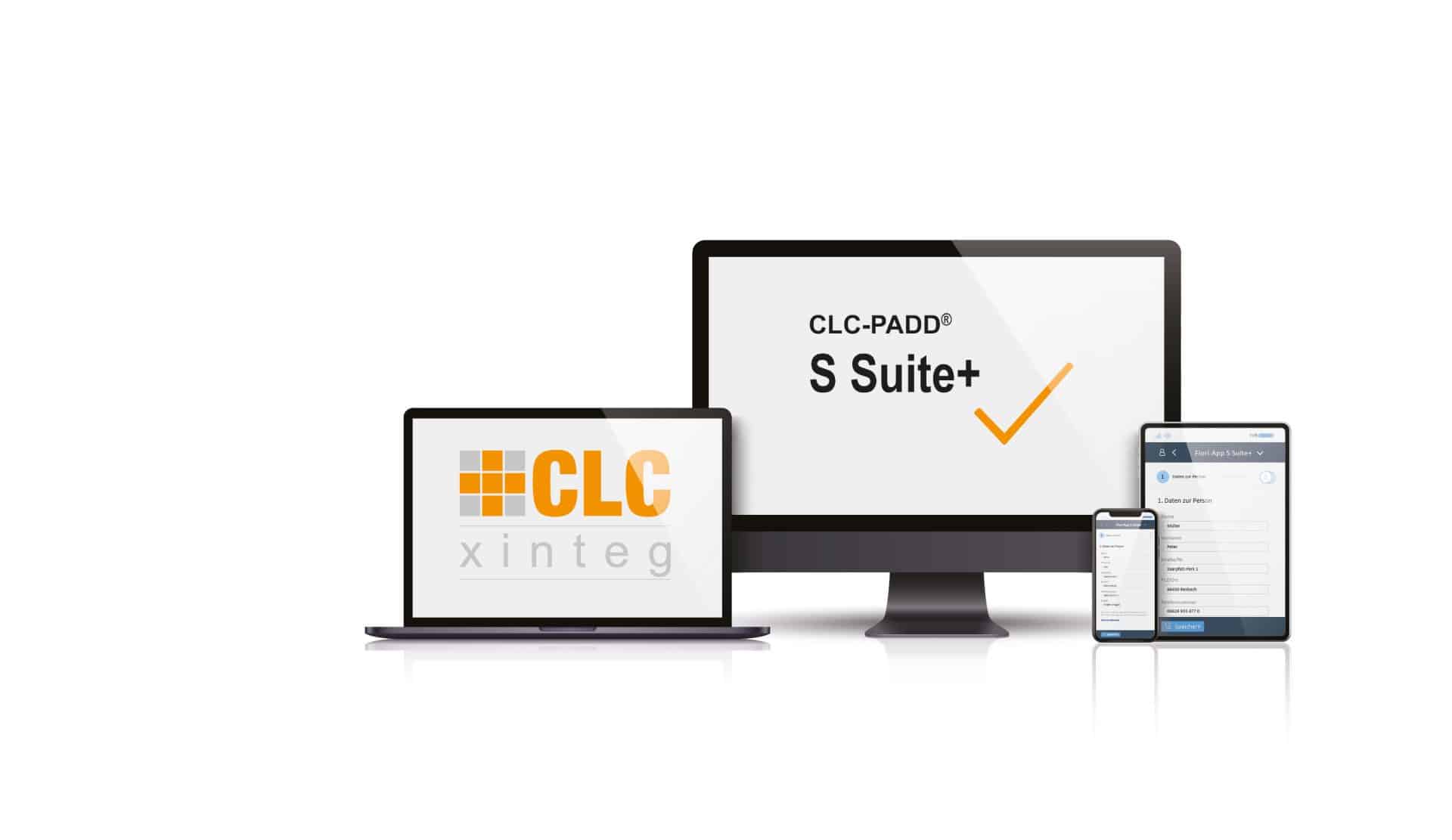
Webinar: Regulatorische Produktanforderungen im SAP
So lassen sich Ihre regulatorischen Anforderungen im SAP clever verwalten

Anforderungen zur Produktkonformität steuern und dokumentieren
So lassen sich die vielfältigen und komplexen Anforderungen zur Produktkonformität effizient steuern

CLC-PADD® Compliance+
So agieren Sie im Rahmen Ihrer regulatorischen Anforderungen compliant, rechtssicher und effizient.

CLC-PADD® E-Invoice Starter
CLC-PADD® E-Invoice Starter für das komplette e-Invoicing inkl. Eingangs- und Ausgangsverarbeitung

Beratungspakete S/4HANA
So halten Sie wichtige Aspekte Ihrer S/4HANA Transition im Blick

SAP S/4HANA – Digital Case Transition
So lassen sich Digitale Vorgänge zuverlässig und zeitgemäß in S/4HANA überführen

SAP S/4HANA – Business Document Transition
So lassen sich Dokumente zuverlässig in S/4HANA überführen

Dynamische Webapplikation in SAP
Die Webapplikation CLC-PADD® lässt sich durch reine Konfiguration und ohne Programmierung anpassen

Datenbank Migration
Migration aus Alt-Datenbanken in das führende SAP-System

CLC Kundenmagazin – Ausgabe 3
Neues CLC Magazin zum Thema Digitalisierung: u.a. zukunftsfähigen Lösungen für den Energiesektor

